Life around Cuba’s Antillana Iron and Steel Factory
By Leonardo Santiesteban (Periodismo de Barrio)
HAVANA TIMES – Havana’s Cotorro municipality is experiencing serious environmental and social problems today, especially in San Pedro. This is because next to this neighborhood, in the heart of the municipality, there is industry such as the Jose Marti Iron and Steel Company, known as the Antillana de Acero; several of the Almendares river’s tributaries such as the San Francisco, and an illegal settlement of migrants from the country’s interior.

The Antillana de Acero plant manufactures iron and steel derivatives. It is the largest company of its kind in the entire country. In the “Analyzing air pollution at Havana’s stationary sources” study (2016), the plant was identified as the stationary source that emitted the most particulate matter into the city’s air, which weighs heavily on the city’s air quality index.

The tributaries of the Almendares river that pass through Cotorro present high levels of pollution, which is the result of waste from the factory and the local population. Some tributaries, such as San Francisco, have become dumping grounds for all kinds of garbage.
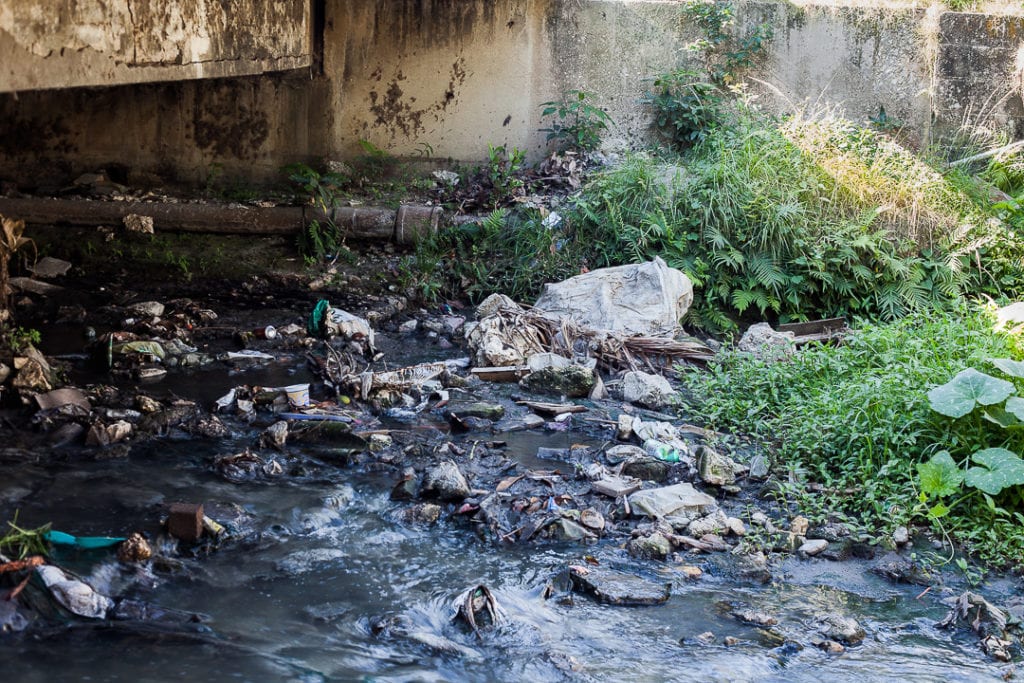
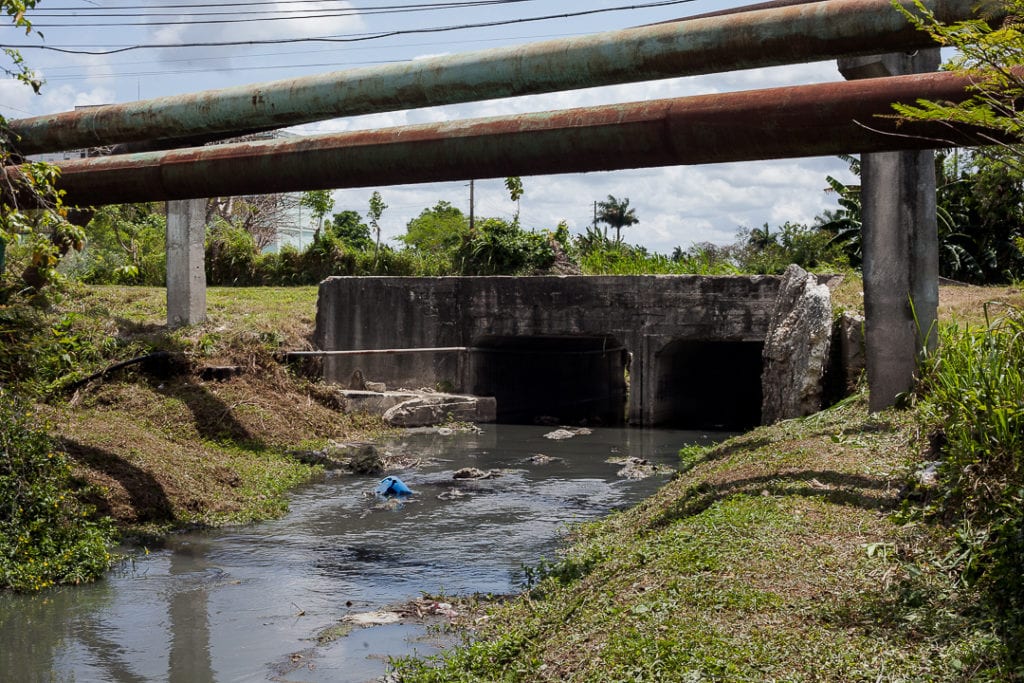
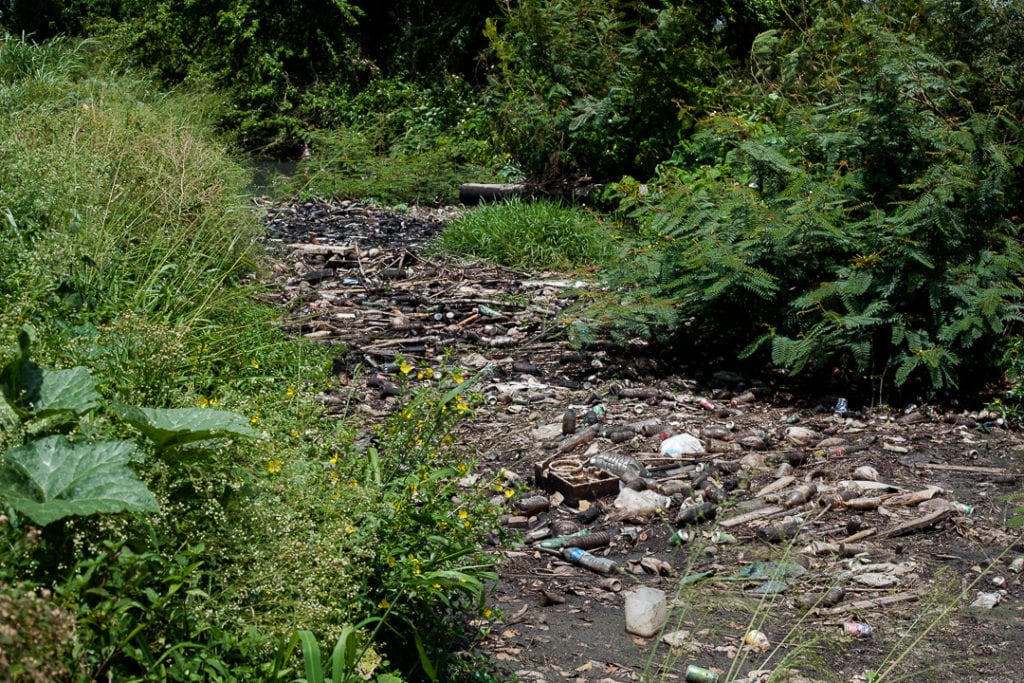
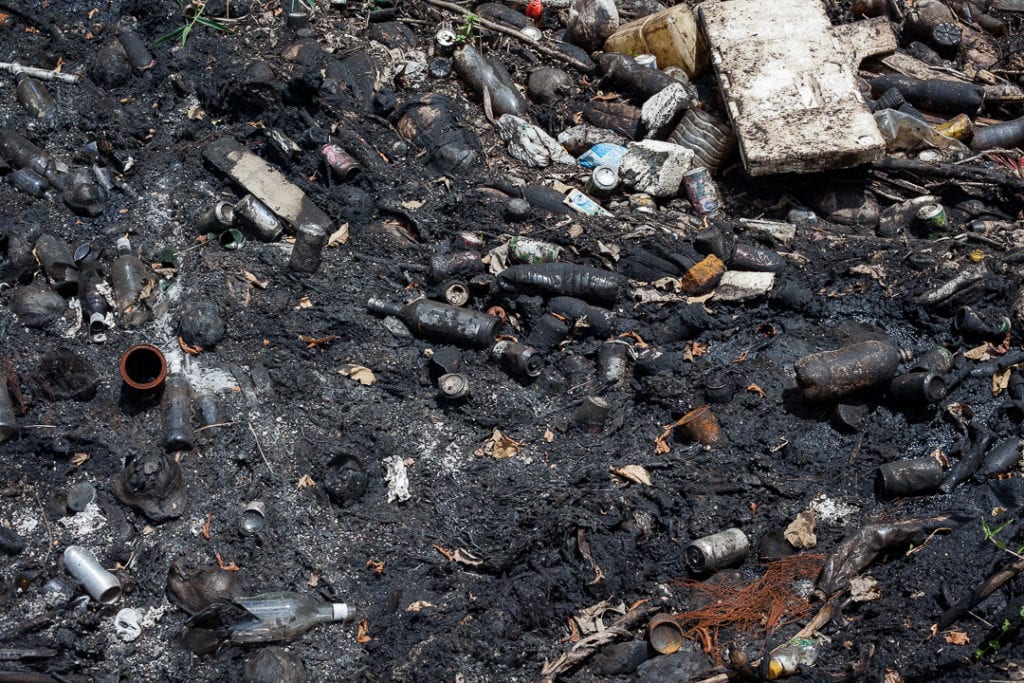
Near the iron and steel plant, there is a small village where at least twenty migrant families from the country’s interior have settled illegally, and it is quickly growing.


“Smoke from the chimney doesn’t affect us, look how the wind carries it far away,” Daniel says, one of the residents in the small village.
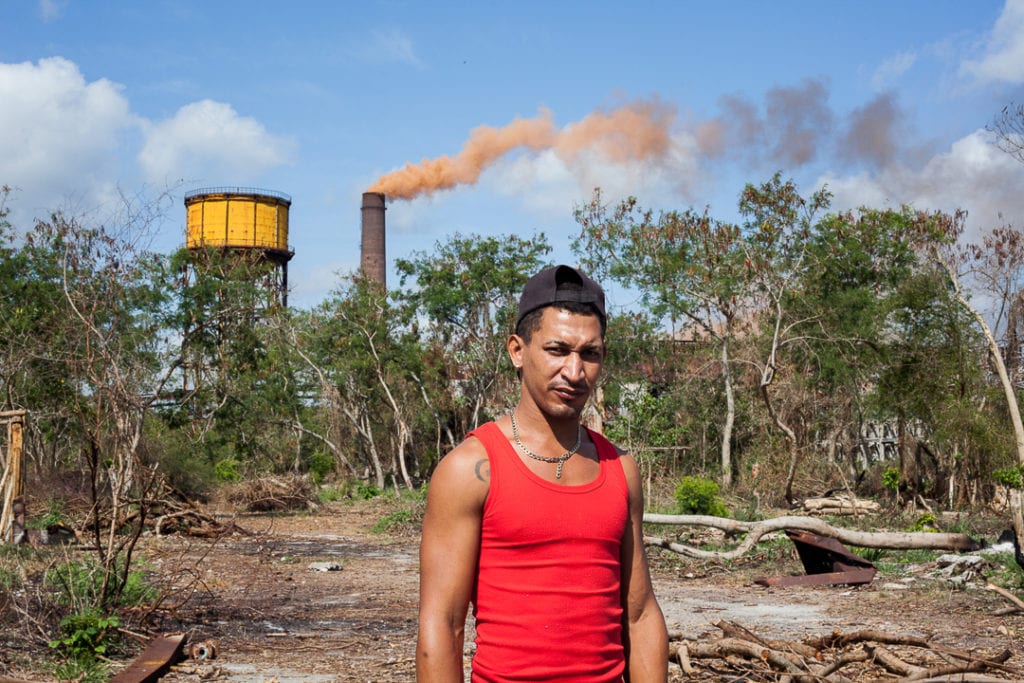
“We don’t complain about the smoke because the Antillana plant doesn’t want us here. If we did, then we’d be giving them another reason to kick us out. We already have enough problems with them, we don’t need to look for any more,” Daniel admits while he shows me the work they’ve been doing to clear the land so they can build a new life.
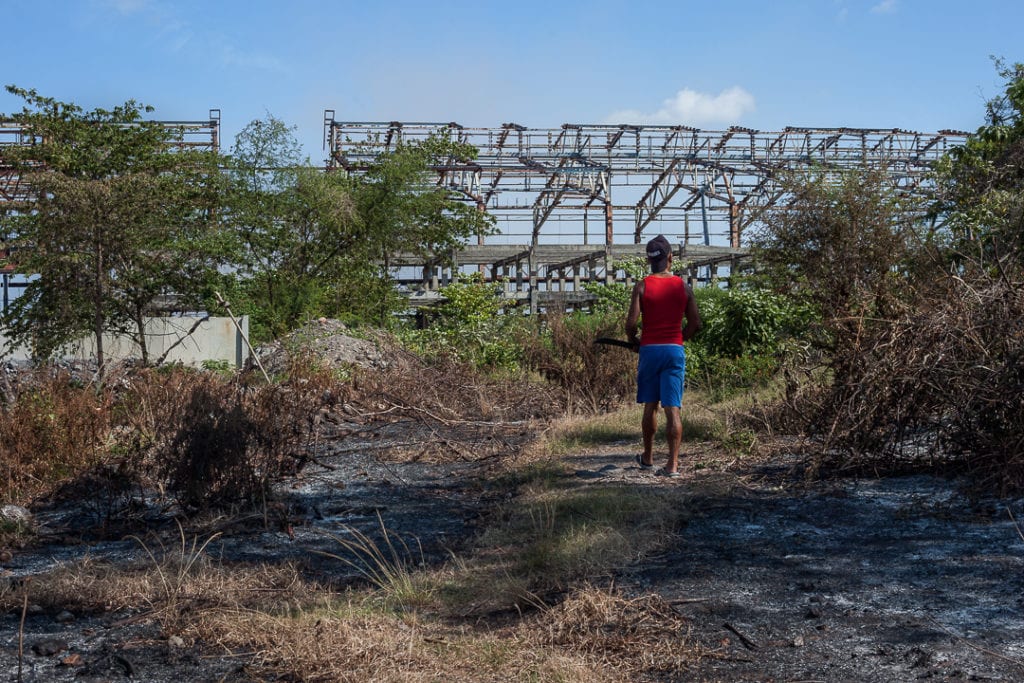
“We have been cleaning up the garbage they throw here, using our own resources. We have cleared a path amongst the bush and we have to keep an eye out to make sure that they don’t keep dumping their trash here. A few days ago, they unloaded a cart of garbage on my land and I had to get rid of it.”
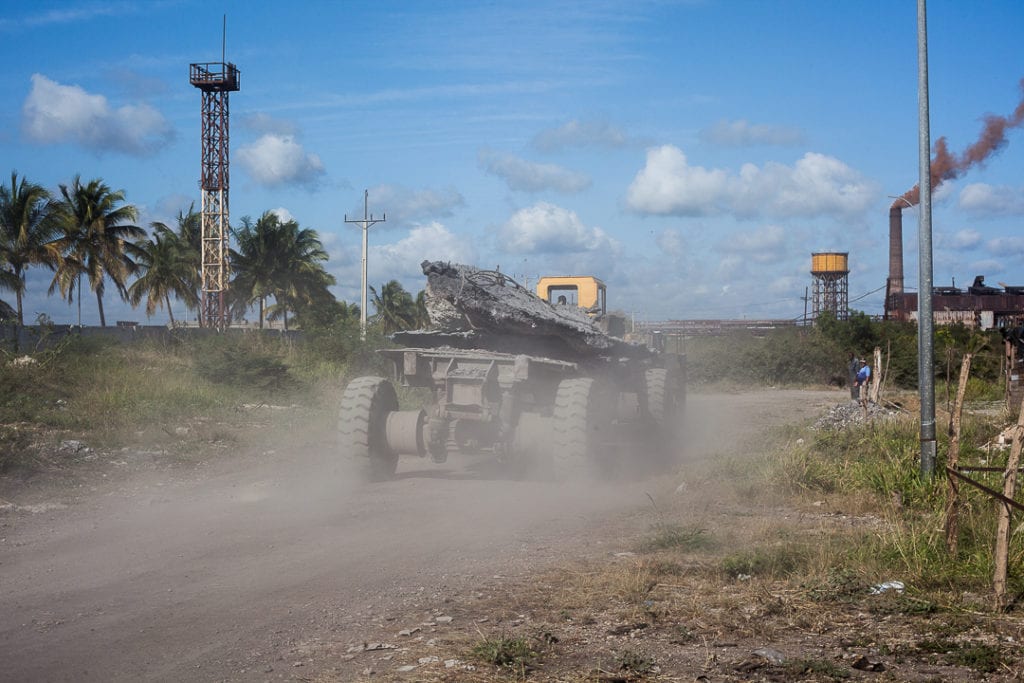

“We are doing our part to keep the land and river clean, we throw out our trash in garbage containers as we should, even though they are far away. However, it’s very easy for people at the company and in the neighborhood to say that we are the ones making everything dirty.”
In spite of the efforts of people like Daniel, the conditions in which this community is living influences the current situation in Cotorro The lack of a sewage system, of a water supply to their homes and the lack of awareness in the area, means that it is very difficult to control something that has already become an environmental problem. Depending on the wind’s strength and direction, the constant smoke that bellows out of the Antillana can affect this community and the wider municipality, or even the entire city.

The photographs illustrate the levels of garbage and pollution that bedevil Cuba. Others have suggested in support of the regime’s inactivity, that similar levels exist in for example the UK, or are such views willful blindness about Cuba’s massive problem?